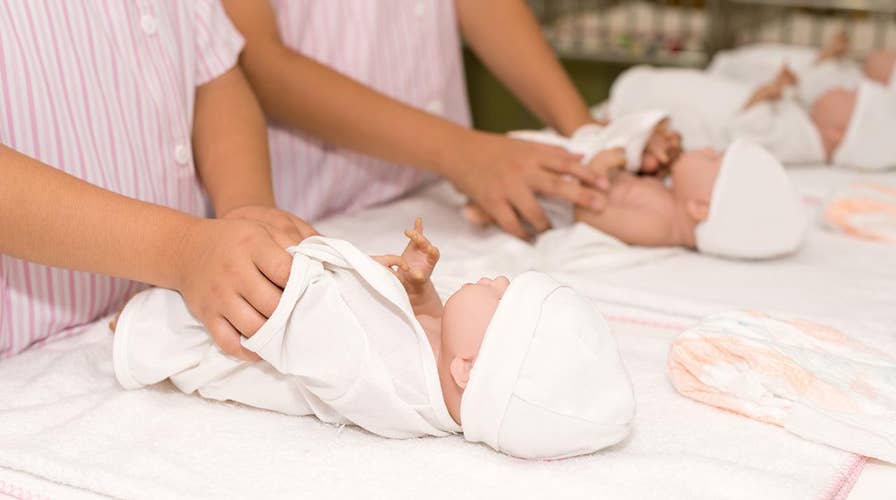5 countries with the highest declining birthrates
Here are the top five countries with declining birthrates and what they are doing to address it.
Around the world, many nations are experiencing declining birthrates, a phenomenon that leads to a declining workforce able to support the older population. Yet the exact reasons for this trend, as well as governments’ efforts to reverse it, differ based on a country’s circumstances. Here are the top five countries with declining birthrates and what they are doing to address it:
China
In the 1970s, China implemented a one-child policy to slow down a rapidly growing population. The policy was lifted somewhat in 2015, though statistics show the reversal has had little effect. According to China’s National Bureau of Statistics, 2019 saw the lowest birthrate in China since the founding of the People’s Republic in 1949. Some regions have offered free delivery, while others are giving out subsidies.

Around the world, many countries are experiencing falling birthrates. (cdc.gov)
Italy
Italy retains one of the lowest fertility rates in the European Union, averaging 1.3 children per woman – lower than Europe’s average of 1.59. (To sustain its population, a country needs a birthrate of at least 2.1 children per woman.) The Italian government, like other European countries, has offered its citizens financial incentives to encourage more children. But a cash payment of roughly $900 per child launched in 2015 appears to have done little to reverse the trend.
Japan
Fewer than a million babies were born in Japan last year, according to estimates from the country’s welfare ministry. The change marked a 5.9 percent dip from the previous year and one of the lowest on record since the country began compiling data in 1899, according to The Straits Times.
Russia
Since 1999, Russia’s birthrate has increased from 1.16 children per women to 1.48. Though significant, the levels are not enough to sustain the population. President Vladimir Putin has proposed offering maternity benefits to first-time mothers and free school meals for the first four years of school, BBC reported.
Spain
In the first six months of 2019, Spain recorded its lowest birthrates since the early 1940s, according the country’s National Statistics Institute. In 2018, the country recorded fewer than 373,000 births, the lowest numbers in almost two decades. Experts suggest that women, like in other countries, are waiting longer than in past generations to have children.

